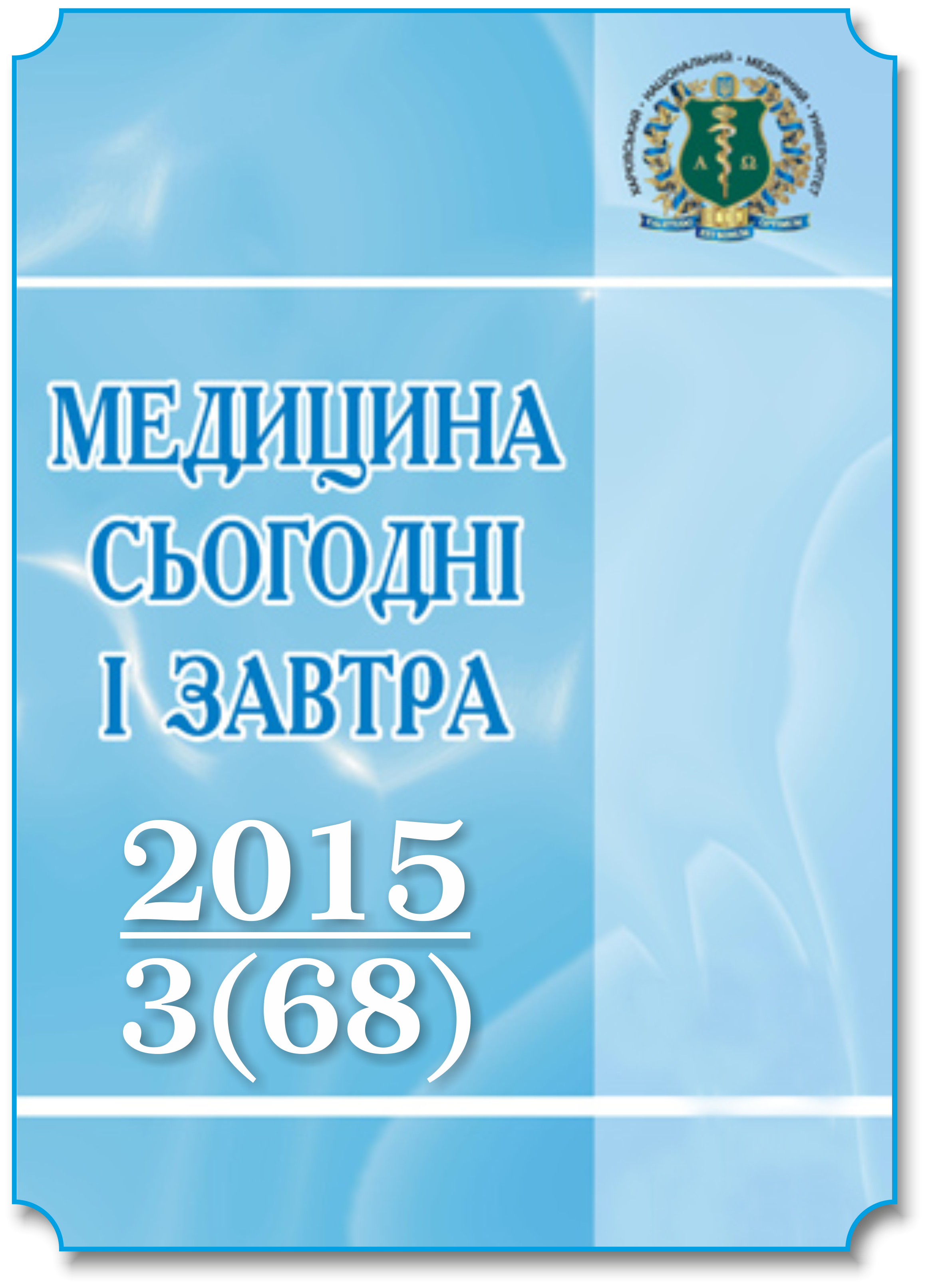Abstract
The content of phospholipid fractions of erythrocytes and leukocytes membranes in rats on the 30th day of exposure to industrial chemical pollutants (imidazolines mixtures at doses of 1/10 and 1/100 DL50) was studied by chromatographic method, which was necessary for the complete explanation of the biochemical mechanisms of their membranetropic action. Imidazoline-containing mixture with alkyl radicals S7-9 and S9-15 at a dose of 1/10 DL50 causes structural damage mainly in the surface layer of the membranes of blood cells, which is confirmed by a decrease in phosphatidylcholine and sphingomyelin against an increase of phosphatidylserine and phosphatidylethanolamine. The long-term exposure to mixtures at a dose of 1/100 DL50 leads to structural abnormalities predominantly in the inner layer of the membranes that is confirmed by an increase in the content of phosphatidylcholine and sphingomyelin fractions with a decrease in phosphatidylethanolamine and phosphatidylserine. Observed changes of phospholipid composition of cell membranes of blood cells is one of the pathogenetic links of biochemical action mechanisms of the membranetropic imidazolines mixtures that should be considered in the development of methods for their correction.
References
Аманжол И. А. Реакция организма на воздействие вредных производ-ственных факторов: оценка профессионального риска / И. А. Аманжол, З. Т. Мухаметжанова, Д. С. Абитаев. – Lambert Academic Publishing, 2013. – 116 с.
Ксенобіотики: накопичення, детоксикація та виведення з живих організмів / [Цудзевич Б. О., Столяр О. Б., Калініна І. В., Юкало В. Г.]. – Тернопіль : Видавництво ТНТУ ім. І. Пулюя, 2012. – 384 с.
Bajpai D. Fatty imidazolines, chеmistry, synthesis, properties and their industrial application / D. Bajpai, V. K. Tyagi // Journal of Oleo Science. – 2006. – V. 55, № 7. – P. 319–329.
Tyagi R. Imidazoline and its derivatives: an overview / R. Tyagi, V. K. Tyagi, S. K. Pandey // Journal of Oleo Science. – 2007. – V. 56, № 5. – P. 211–222.
Эколого-гигиеническая характеристика азотсодержащих поверхностно-активных веществ как загрязнителей водоемов / [Жуков В. И., Мясоедов В. В., Стеценко С. А. и др.] ; под ред. В. И. Жукова. – Харьков : Торнадо, 2000. – 180 с.
Болдырев А. А. Биомембранология / А. А. Болдырев, Е. И. Кяйвяряйнен, В. А. Илюха. – Петрозаводск : КарНЦ РАН, 2006. – 226 с.
Кейтс М. Техника липидологии / М. Кейтс. – М. : Мир, 1975. – 322 с.
Vashovsky V. E. UPTL of phospholipids micstures containing phosphotidyl glycerol / V. E. Vashovsky, T. A. Terekkive // J. High Res. Chromatogr. – 1979. – V. 2, № 11. – P. 671–672.
Brockhuse R. M. Phospholipids structure of erythrocytes and hepatocytes / R. M. Brockhuse // Clin. Biochem. – 1974. – V. 14, № 3. – P. 157–158.
Новицкий В. В. Физиология и патофизиология эритроцита / В. В. Новицкий, Н. В. Рязанцева, Е. А. Степовая. – Томск : Изд-во Томского ун-та, 2004. – 202 с.
